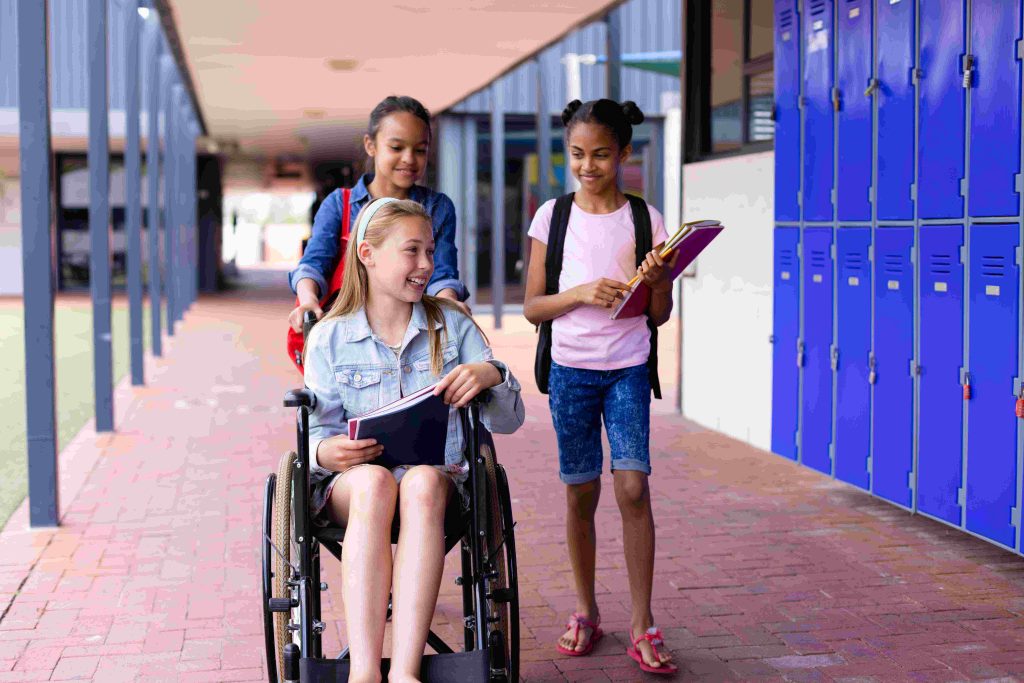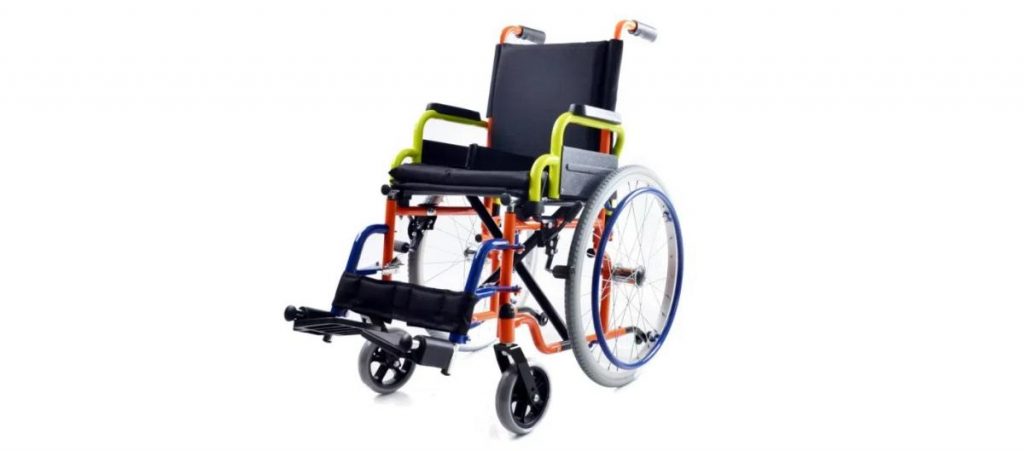Contact Us
Improving Campus Inclusion: Key Considerations for Wheelchair Accessibility for Children
Introduction
As the global education landscape continues to evolve, the importance of creating inclusive learning environments for all students is increasingly recognized. For children with disabilities, particularly those who rely on wheelchairs, access to safe, functional, and supportive school environments is essential for their academic success and social inclusion. While many schools around the world have made significant progress in adapting to the needs of students with disabilities, there remain significant challenges in ensuring that wheelchair users can navigate their school environments with ease and dignity. This article explores the current state of wheelchair accessibility in schools, the key challenges faced by children who use wheelchairs, and offers recommendations for improving accessibility.
The Importance of Inclusive Education
Inclusive education is based on the principle that all children, regardless of their physical, intellectual, or emotional challenges, should have the opportunity to learn in mainstream schools. According to the United Nations Educational, Scientific and Cultural Organization (UNESCO), inclusive education is a fundamental human right and a key component of achieving the Sustainable Development Goal (SDG) of education for all. However, for children who use wheelchairs, inclusion is not simply about being physically present in a classroom; it’s about being able to access the same opportunities as their peers. This includes not only physical access to school buildings but also participation in extracurricular activities, social integration, and the provision of appropriate educational resources and support.
In the United States, for example, data from the National Center for Education Statistics (NCES) shows that about 13% of students with disabilities use a wheelchair. Despite legislation such as the Americans with Disabilities Act (ADA), which mandates accessible public facilities, including schools, many schools still struggle with providing fully accessible environments for wheelchair users. Similarly, a study conducted in the UK by Scope, a disability charity, found that one in five disabled children in the country faced barriers to accessing education, with mobility issues being one of the leading causes.
Challenges in School Environments
While the push for inclusive education continues to grow, wheelchair users still face significant barriers in school environments. These obstacles often hinder not only their physical mobility but also their social integration and academic participation. The main challenges can be broken down into the following categories:
Physical Accessibility
One of the primary concerns for wheelchair users in schools is the physical accessibility of the building itself. Narrow hallways, steep ramps, and inadequate elevators can make it difficult for wheelchair users to navigate the school campus. According to a report from the National Disability Rights Network (NDRN), nearly 20% of public schools in the U.S. fail to meet accessibility standards set forth by the ADA. These accessibility gaps are often found in older school buildings, where retrofitting to meet modern accessibility standards can be costly and challenging.
Classroom Layout and Space
The layout of classrooms and other educational spaces also plays a crucial role in accessibility. In many schools, classrooms are not designed with wheelchair users in mind. Desks and chairs are often arranged in a way that obstructs movement, and in some cases, there may not be enough space for a wheelchair to maneuver comfortably. The National Institute on Disability, Independent Living, and Rehabilitation Research (NIDILRR) points out that adequate space and flexible furniture arrangements are necessary for wheelchair users to fully participate in classroom activities.
Restroom Facilities
Accessible restrooms are another critical concern for wheelchair users. Many schools lack fully accessible restrooms, and when they do exist, they may not be designed to accommodate the specific needs of children who use wheelchairs. A survey conducted by the Center for Disability Rights found that over 30% of schools in the U.S. lack sufficient accessible restroom facilities for students with mobility impairments. This often leads to uncomfortable situations where children are forced to rely on caregivers or teachers for assistance, which can affect their independence and privacy.
Transportation and Outdoor Spaces
For children who use wheelchairs, the journey to and from school can be just as challenging as the school day itself. School buses may not be equipped to transport students with mobility impairments, requiring families to make alternative transportation arrangements. Furthermore, outdoor spaces such as playgrounds, sports fields, and recreational areas often lack the necessary accommodations, limiting the ability of wheelchair users to participate in physical activities with their peers.
Data Supporting the Need for Change
The importance of addressing these challenges is not just a matter of accessibility; it is also about ensuring that children with mobility impairments have the same educational opportunities as their peers. The World Health Organization (WHO) estimates that 15% of the global population lives with some form of disability, with children representing a significant portion of this demographic. In many countries, including the United States, there are growing calls for improved accessibility in schools to ensure that disabled students can fully participate in school life.
Research shows that inaccessible environments can negatively affect the academic performance, social integration, and mental well-being of students who use wheelchairs. A study published in the journal Disability and Rehabilitation found that children with physical disabilities, including those who use wheelchairs, were less likely to participate in extracurricular activities and had lower academic outcomes compared to their peers without disabilities. These disparities highlight the need for more inclusive practices in schools.
Solutions and Recommendations
To improve the accessibility of school environments for wheelchair users, several strategies can be implemented. These solutions focus on enhancing infrastructure, modifying school policies, and fostering a culture of inclusion.
Infrastructure Improvements
Schools should invest in upgrading their physical infrastructure to ensure that all areas of the campus are wheelchair accessible. This includes widening hallways, installing ramps and elevators, and ensuring that doors and restrooms are designed to accommodate wheelchair users. Additionally, schools should consider the installation of adaptive seating and flexible desk arrangements in classrooms to ensure that wheelchair users can fully participate in lessons and group activities.
Inclusive Design for Children
It’s important that schools take into account the specific needs of children who use wheelchairs when designing or renovating school facilities. For example, designing smaller, child-sized wheelchairs and other assistive devices can help ensure that students are able to navigate school environments independently. Furthermore, designing playgrounds and sports facilities with accessible features, such as wheelchair-accessible swings or ramps, can enable wheelchair users to engage in physical activities alongside their peers.
Training and Awareness for Educators and Staff
Teachers and school staff should receive ongoing training on how to support students with disabilities, including those who use wheelchairs. This includes learning how to provide reasonable accommodations, such as allowing extra time for mobility or adjusting classroom seating arrangements. Building awareness of the challenges faced by wheelchair users is essential in creating a more inclusive and empathetic school culture.
Collaboration with Parents and Disability Advocates
Schools should work closely with parents of wheelchair-using children and disability advocacy groups to ensure that their needs are being met. Involving these groups in decision-making processes can help schools identify specific accessibility needs and find solutions that work for all students.
Conclusion
Creating an inclusive and accessible school environment for children who use wheelchairs is not just a matter of legal compliance; it is a moral and educational imperative. By investing in infrastructure improvements, providing individualized support, and fostering a culture of inclusion, schools can ensure that all students, regardless of their physical abilities, have equal access to educational opportunities. As inclusive education continues to gain momentum worldwide, it is essential that schools make accessibility a priority to create a truly inclusive educational experience for all children.





